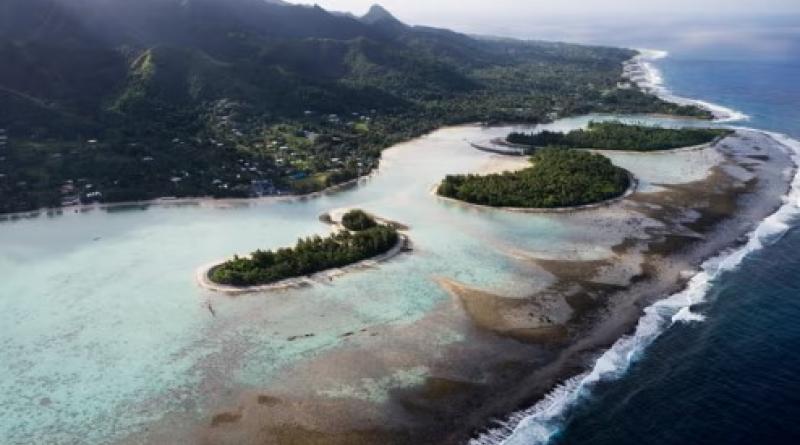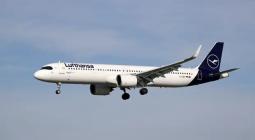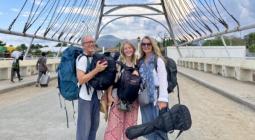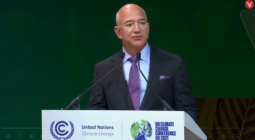Flying hurts the planet but it’s vital for island tourism. Is there a greener way?

One of the biggest challenges in weaning off fossil fuels – and one that is often forgotten – is aviation. But for Pacific Island countries that poses a major conundrum. Right now, it would be effectively impossible to get to the Pacific islands without burning kerosene.
Aviation connects families across the region and allows for essential travel, including for health and education. Flights also form the backbone of the growing and vital tourism industry. Tourism is now the biggest economic sector in the Pacific and it can bring many development benefits.
As highly vulnerable island states, the goal of ridding the region of fossil fuels is an important one. The need to urgently transition away from fossil fuels is now also firmly embedded in the global climate framework through this week’s agreement made at Cop28 in Dubai. In March, Vanuatu, Tuvalu, Tonga, Fiji, Niue, and Solomon Islands – negotiated the “Port Vila Call for a Just Transition to a Fossil Fuel Free Pacific”. The topic was back on the agenda at the Pacific Island Forum in the Cook Islands in November. But the realities – and the critical role of tourism in the region – make this task more complex.
Before the Covid-19 pandemic, there were 1.8 million international arrivals by air and cruise ship to Pacific Island countries. Energy use and emissions associated with international flights and shipping are not formally accounted for, but they are likely to be huge. A great first step would be to actually measure them, and document the size of the challenge.
The border closures during the pandemic created space for critical voices regarding how much, and what types of tourism would be suitable to the island context, its unique cultures and sensitive ecologies. Fiji is seeking to diversify from the mass-tourism model that involves international hotel chains to a more homegrown model of small-scale eco and cultural tourism experiences. Other countries have found their existing, smaller operator tourism base under pressure from greater arrivals – seen in Vanuatu with the flow of large cruise ships. The Cook Islands are attempting to follow a regenerative model, where tourism leaves net benefits for the islands.
There are some signs that the tourism industry that serves the Pacific can become more sustainable. For very short trips, for example travel from Rarotonga to Aitutaki (roughly 260km), or perhaps Samoa to Tokelau (about 550km), electric aircraft will become an option. Local airlines could offer services of perhaps even up to 1,000km. A completely different, regional network might even be superior to what is on offer now. This, of course, will only work if there is enough renewable electricity available; air travel remains incredibly energy intensive.
That highlights the most urgent task – to scale up renewable electricity generation in the islands. All Pacific Island countries have a long way to become self-sufficient on renewable energy. Even Fiji, the country with the highest share of renewable energy, only reaches a level of 30% of total energy. At the same time, it would be beneficial to engage proactively with the possibilities and partners required to transition the regional aviation network. For example, there might be an opportunity where start-up companies could test new technologies in the Islands, perhaps on short routes. This is happening in Alaska – where ZeroAvia and Alaska Airlines have teamed up to deliver a hydrogen-electric flight in 2024 to connect Anchorage and Kenai.
Finally, discussions on how to increase tourism value without large volumes of visitors should be given more oxygen. Research to identify what types of tourists leave more benefit behind than others could inform nuanced marketing strategies. Benefits could come in the form of financial return, but they might also be measured as the contribution to conservation or the community, or indeed a lower-than-average carbon footprint.
Clearing the Pacific Islands of fossil fuels is an admirable goal – and the whole world must follow suit should we want to make any progress on keeping global warming well below two degrees. However, the current investments into growing tourism will make it harder to achieve the vision. The long-term future of the region depends on effective climate action, and how to achieve tourism growth sustainably needs to be part of that conversation.
Dr Susanne Becken is a professor of sustainable tourism at Griffith University, Australia.






